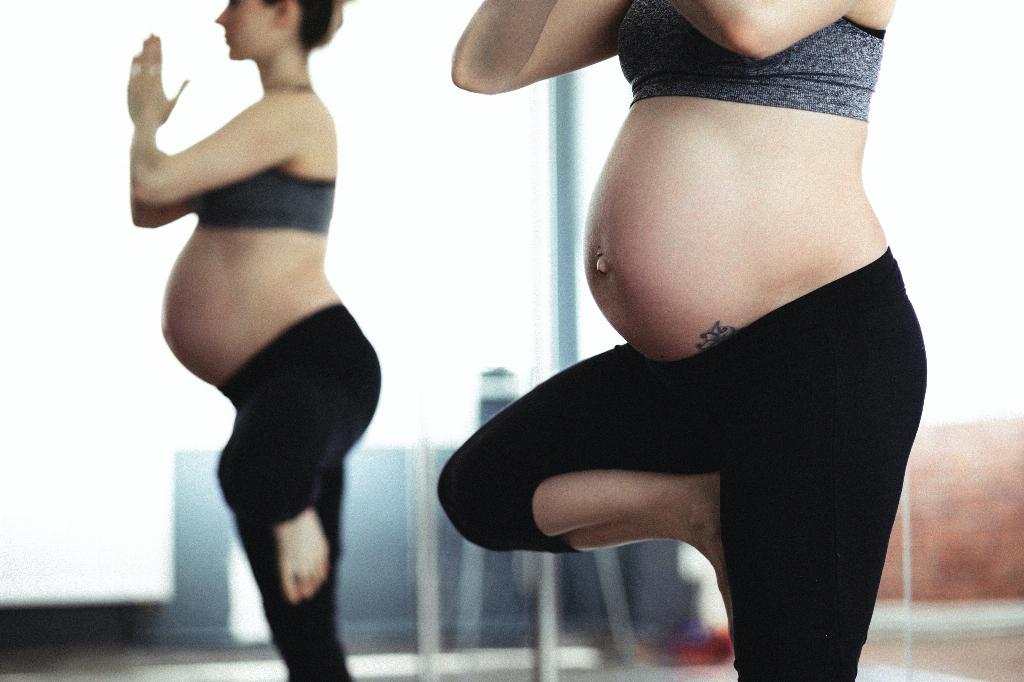Many individuals often wonder about the likelihood of becoming pregnant on the day of ovulation, especially without using protection. It’s essential to comprehend that conception is a complex process influenced by various factors, including the timing of ovulation.
Upon ovulation, an egg is released from the ovary and is viable for fertilization for about 12 to 24 hours. This timeframe is crucial for conception as it aligns with the window in which sperm can fertilize the egg. However, the lifespan of sperm is longer, typically ranging from 3 to 5 days in a woman’s reproductive tract.
Considering the longevity of sperm and the limited viability period of the egg, the optimal time for conception is actually the few days leading up to ovulation. Thus, the chances of getting pregnant on the day of ovulation itself are around 20%. This statistic may initially seem lower than expected but is based on the biology and dynamics of conception.
It’s worth noting that individual factors can influence these odds. For instance, if a person has irregular menstrual cycles, determining the exact day of ovulation can be challenging, potentially altering the probability of conception on a specific day.
Moreover, external factors such as stress, illness, or certain medications can impact fertility and the likelihood of conception. Understanding these variables can provide insight into the nuances of fertility and pregnancy.
While the 20% chance of getting pregnant on ovulation day without protection might seem relatively low, it underscores the importance of informed decision-making regarding contraception and family planning.
Individuals desiring pregnancy should consider monitoring their menstrual cycles, tracking ovulation signs, and engaging in intercourse during fertile windows to optimize their chances of conception.
Conversely, those aiming to avoid pregnancy may explore various contraceptive methods, including barrier methods, hormonal contraception, or intrauterine devices, to prevent unplanned conception.
Ultimately, each person’s reproductive journey is unique, and factors contributing to fertility and conception can vary. By educating oneself on the intricacies of ovulation and conception, individuals can make informed choices aligned with their reproductive goals.
Consulting healthcare providers, such as gynecologists or reproductive specialists, can offer personalized guidance and support in navigating fertility-related decisions and addressing any concerns or questions regarding pregnancy probabilities and contraception.
In conclusion, while the odds of getting pregnant on ovulation day without protection are approximately 20%, understanding the broader context of fertility, ovulation timing, and individual factors is crucial in comprehensively assessing one’s reproductive health and family planning needs.

